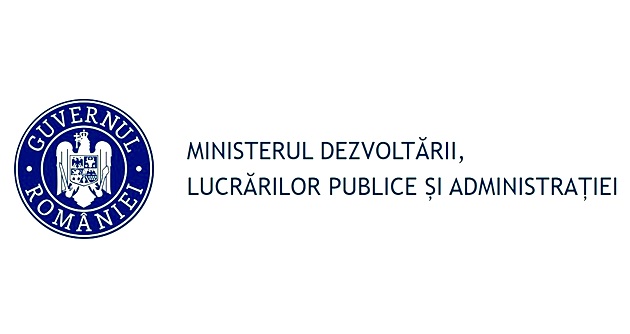787

The European Sanitary Installations Market: Navigating Transformation through EU Energy Efficiency Initiatives
The European sanitary installations market in the construction sector is undergoing significant transformation, driven by European Union (EU) initiatives aimed at improving building energy efficiency and sustainability.
Recent EU strategies and directives focus on the renovation and modernization of existing infrastructure, which will have a direct impact on the demand and development of the sanitary installations sector through 2030.
EU Initiatives for Building Renovation
In October 2020, the European Commission launched the Renovation Wave strategy, aimed at improving the energy performance of buildings across Europe.
The main objective is to renovate 35 million buildings by 2030, reducing greenhouse gas emissions and increasing energy efficiency. This strategy focuses on three key areas:
- Decarbonizing heating and cooling systems: Replacing traditional systems with more efficient and environmentally friendly solutions.
- Combating energy poverty and upgrading low-performing buildings: Ensuring equal access to energy-efficient housing for all social categories.
- Renovating public buildings: Schools, hospitals, and other public institutions will be modernized to meet high energy efficiency standards.
To achieve these goals, the Commission proposes removing barriers in the renovation process—from project design to financing and implementation—through a combination of policy measures, financial instruments, and technical support.
Revised Directive on the Energy Performance of Buildings
In April 2024, the Council of the EU adopted a revised version of the Directive on the Energy Performance of Buildings, which must be transposed into national legislation by May 2026.
This directive outlines a gradual transition to zero-emission buildings, targeting:
- All new buildings in the EU to be zero-emission by 2030;
- Progressive renovation of inefficient buildings;
- Phasing out fossil fuel-based heating systems;
- All existing buildings to meet zero-emission standards by 2050.
Impact on the Sanitary Installations Market
The implementation of these strategies and directives is expected to drive a significant increase in demand for modernized sanitary systems in buildings. It is estimated that approximately 30% of buildings in the EU will need renovation by 2030, requiring substantial investment in water infrastructure and sanitary systems.
A study by the Water Europe association highlights that the EU will need to invest €255 billion by 2030 to ensure water supply and treatment meet European standards. Countries with the highest investment needs include:
- Italy – €39 billion
- Spain – €27.2 billion
- Romania – €21.6 billion
Market Growth Forecast
Given the scale of planned renovation and modernization projects, the European sanitary installations market is expected to experience significant growth through 2030.
While exact growth rates will vary by country and implementation pace, a compound annual growth rate (CAGR) between 5% and 7% is considered realistic in the coming years. This growth will be fueled by:
- Public and private investment: Renovation and infrastructure modernization funds will drive demand for sanitary products and services.
- Technological innovation: The development of energy-efficient and sustainable sanitary solutions will attract investment and increase market competitiveness.
- Strict regulation: Implementation of EU standards for energy efficiency and water quality will require developers and property owners to upgrade to modern, compliant systems.
Challenges and Opportunities
Despite promising growth prospects, the sanitary installations sector faces several key challenges:
- Project financing: High renovation costs may present barriers, especially in countries with limited financial resources.
- Skilled labor shortages: Widespread implementation of renovation projects requires well-trained professionals in the sanitary installations field.
- Adoption of new technologies: Integrating innovative solutions may face resistance from traditional industry players.




